Hormones and Metabolism: Why Exercise and Diet are Huge Drivers
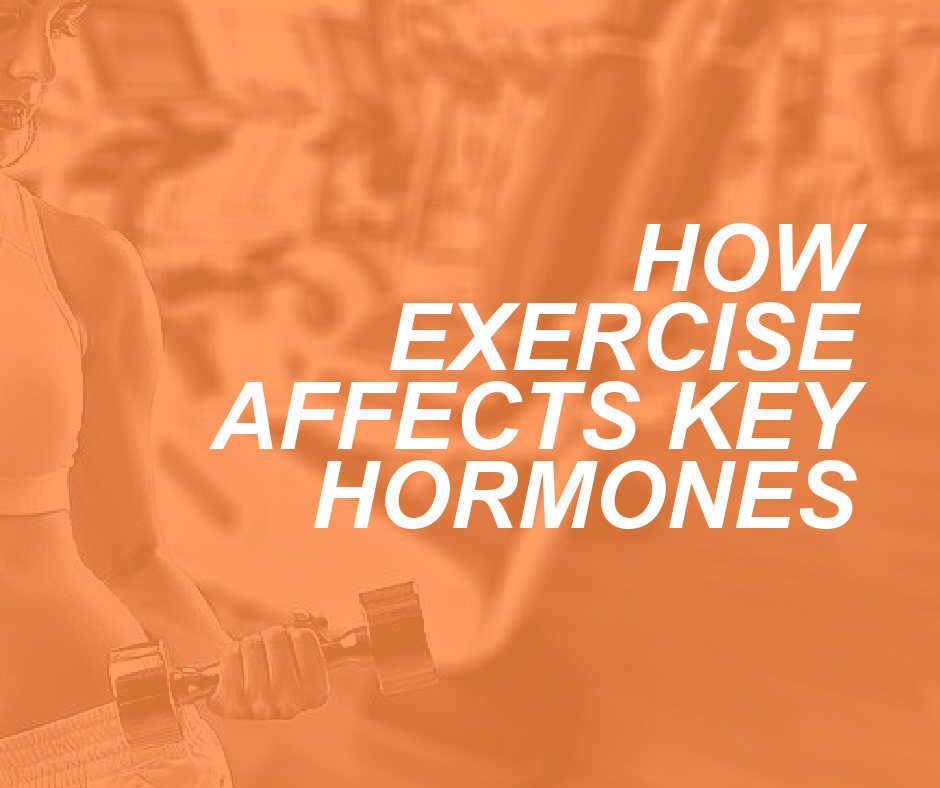
How physical activity and diet change our personal training clients’ bodies is indeed top of mind in our industry. Low fat, low carbohydrate, high protein, aerobics, resistance training, etc. are all diet and activity strategies that will to some degree alter our bodies. Even a poor diet and no exercise will make changes, too. Regular […]
The Three D’s: Determination, Dedication, and Discipline

There are many formulas for success. Starting with and idea and building on it to the point that you are attaining your goal of the physique that you created is no easy task. During the journey you will have obstacles and these must be overcome. Otherwise success is delayed and failure is a possibility. Along the way of the Body Transformation Success Formula there will be hidden tools that will help you complete yourself.
Exercise and Depression: How Personal Trainers Can Make an Impact
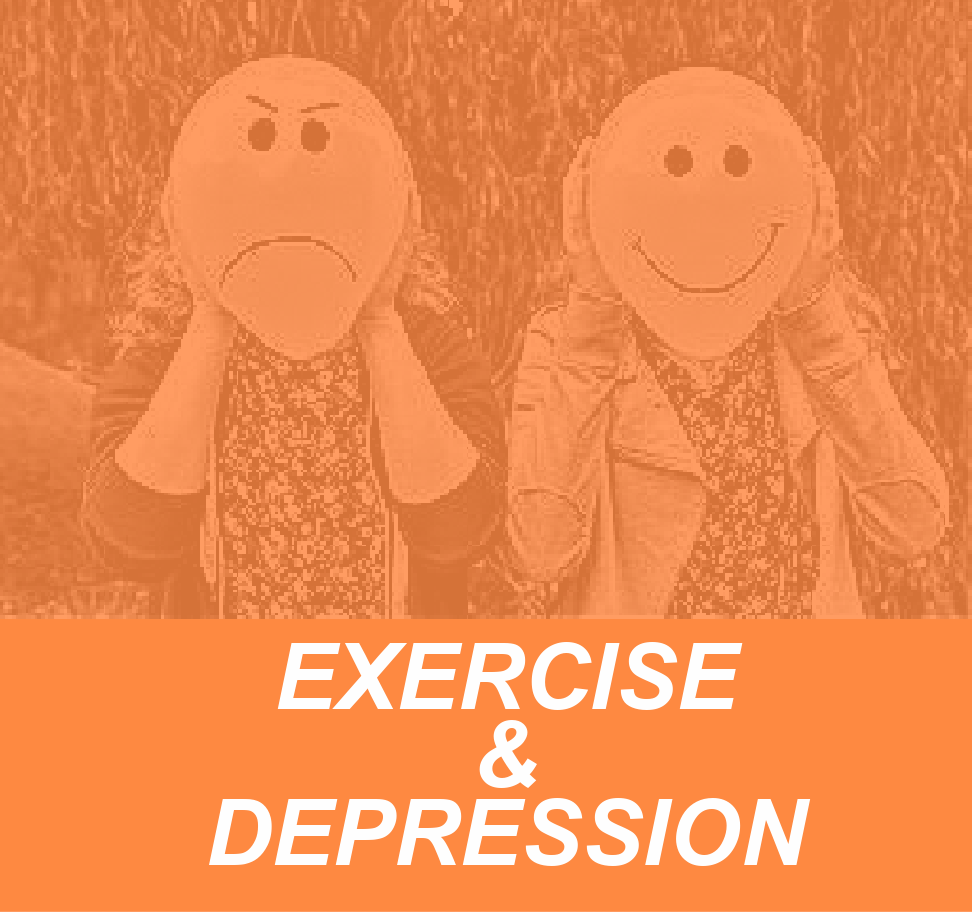
Depression is the "common cold" of psychological disorders. The World Health Organization considers depression a high priority concern and most everyone has been depressed or knows someone who has been depressed at some time in life. Its symptoms include sleep disturbances, loss of appetite or overeating, and anhedonia (inability to experience pleasure). While it comes in different forms and intensities, some of its characteristics are enduring. Depressed people think in different ways from their non-depressed counterparts. Their neuro-chemistry is different. They have low self esteem. They are inactive.
Understanding Connective Tissue: Fascia and Programming for Integration
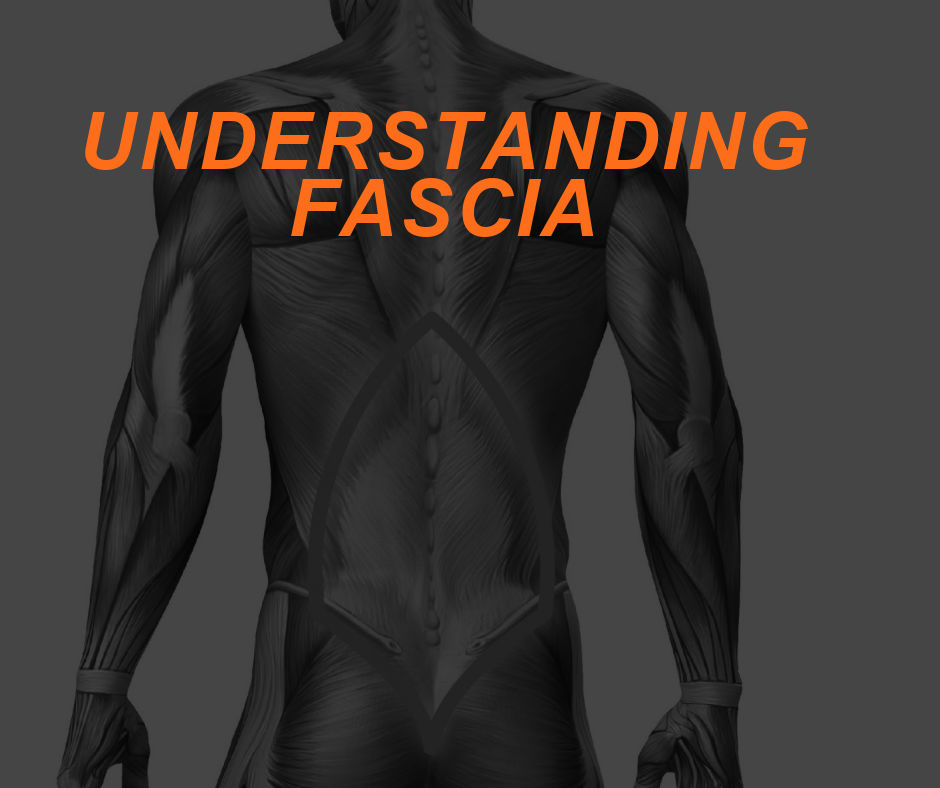
The human body is a dynamic machine. We have been designed and created to move,react, create force, withstand being pulled, twisted, and undergo various stressors. However, when the human body exceeds a certain threshold, something gives way. This being connective tissue, ligaments, tendons and muscles. Making one thing inevitable, breakdown or injury. One important contractile element that places an essential role in withstanding stressors and provides static and dynamic support is called fascia.
Biomechanics: The Science of Human Movement
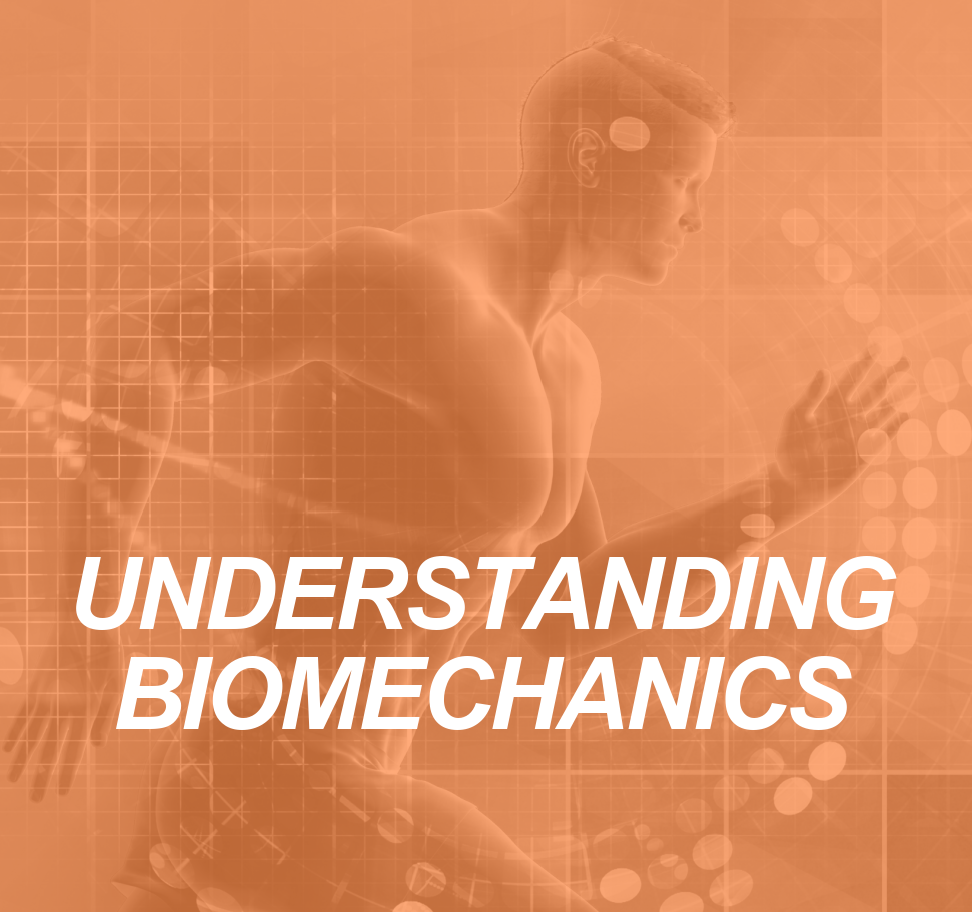
As the fitness industry grows in popularity and importance, it is of the utmost importance that we as fitness professionals continue to develop a growing knowledge of the exercise sciences to communicate effectively with the established health professions and sciences on “common ground”. The following article, while at times technical, provides an integral part of that knowledge base necessary to facilitate such communication.
Defining General Fitness: What Burgeoning Personal Trainers Should Know
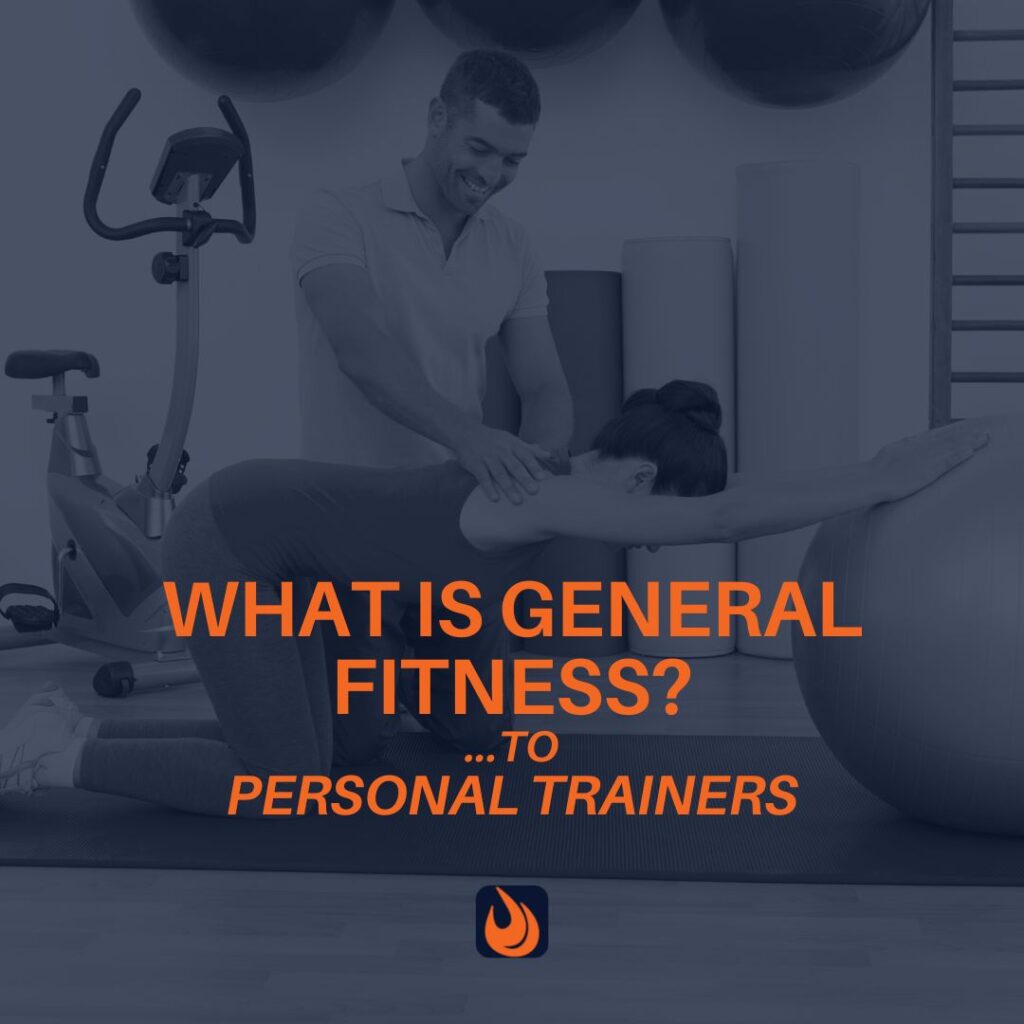
After spending countless hours in the gym lifting weights and doing aerobics, how will you know when you’re physically fit? Many of your personal training clients will tell you they just want to get fit. Therefore, it is important to know just what constitutes a general state of physical fitness.
Understanding Muscle Fibers and Function: The Foundation of Being a Personal Trainer
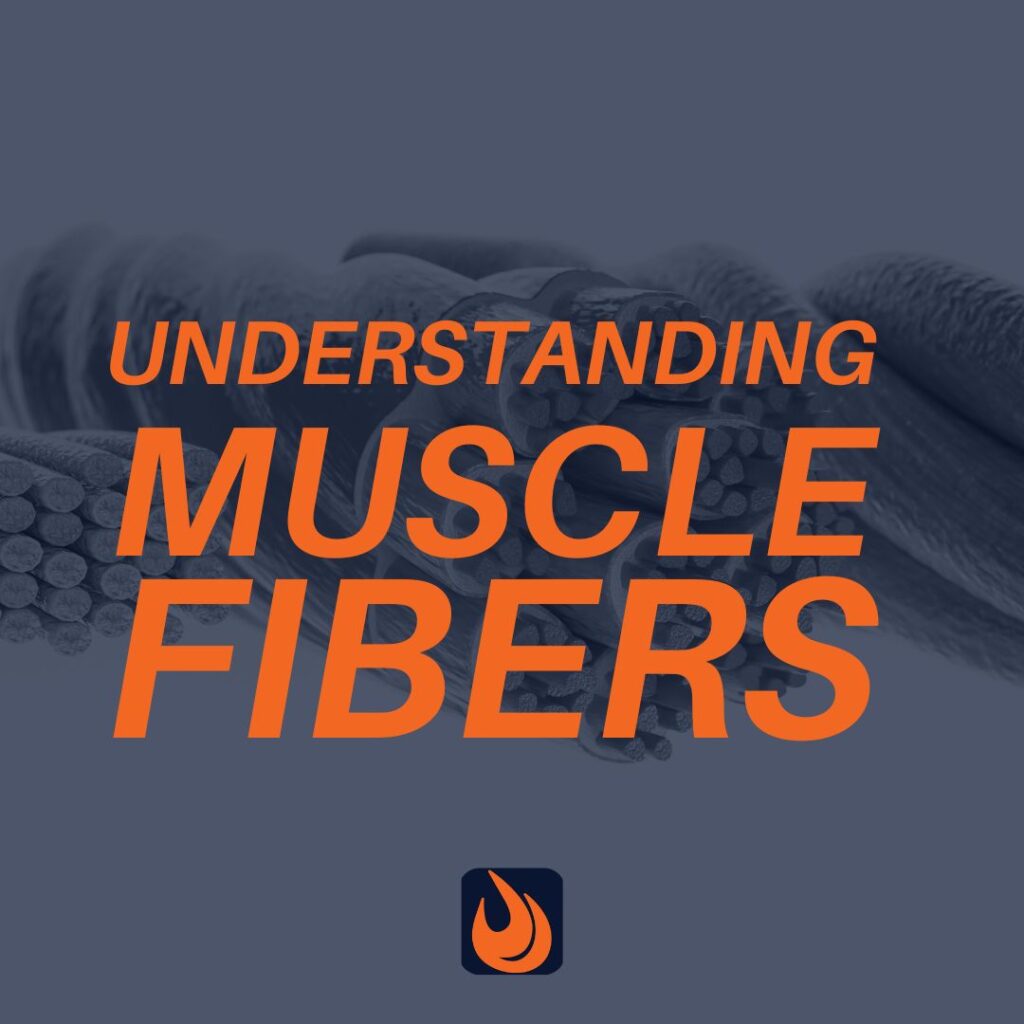
As a competent and effective personal trainer, who is equipped with the knowledge necessary to be considered a fitness “expert”, you need to know the basis of human movement. That is, how knowing the different muscle fibers and how they work.
Email Etiquette for Personal Trainers: How to Really Nail an Email

Email is so prevalent in modern life that it is largely taken for granted, but that doesn’t mean it should be underestimated. Each email you send is a document that represents you and your business.
Olympic Weightlifting Methods
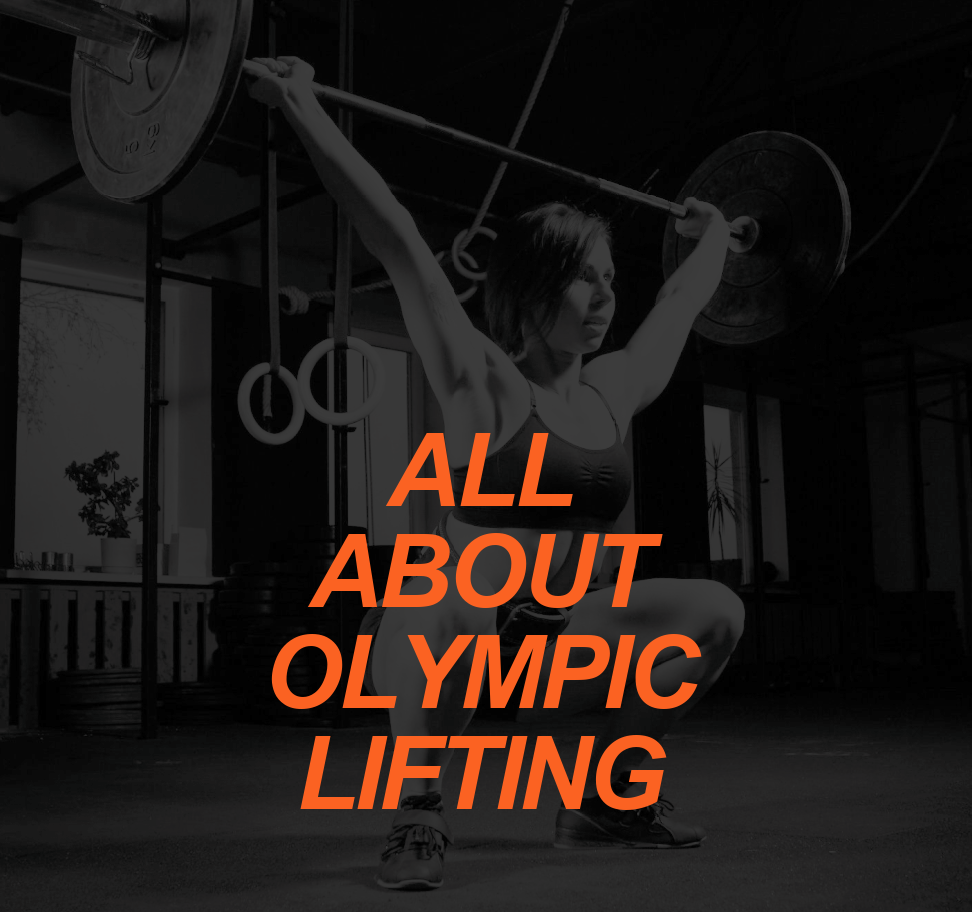
When trainers hear about Olympic weightlifting they immediately think of two things: either taking a loaded barbell and ripping it off the floor in one violent motion with minimal technique, or that the lifts are detrimental and deleterious to the health and well being of the person doing the lifts. These two assumptions highlight a vast miscomprehension of Olympic weightlifting.
Connective Tissue Basics for Personal Trainers
Connective tissue is the most widespread and abundant type of tissue in the human body. Connective tissue that is well vascularized is far less likely to tear or rupture under extreme stress – a desirable characteristic when performing any kind of physical activity.